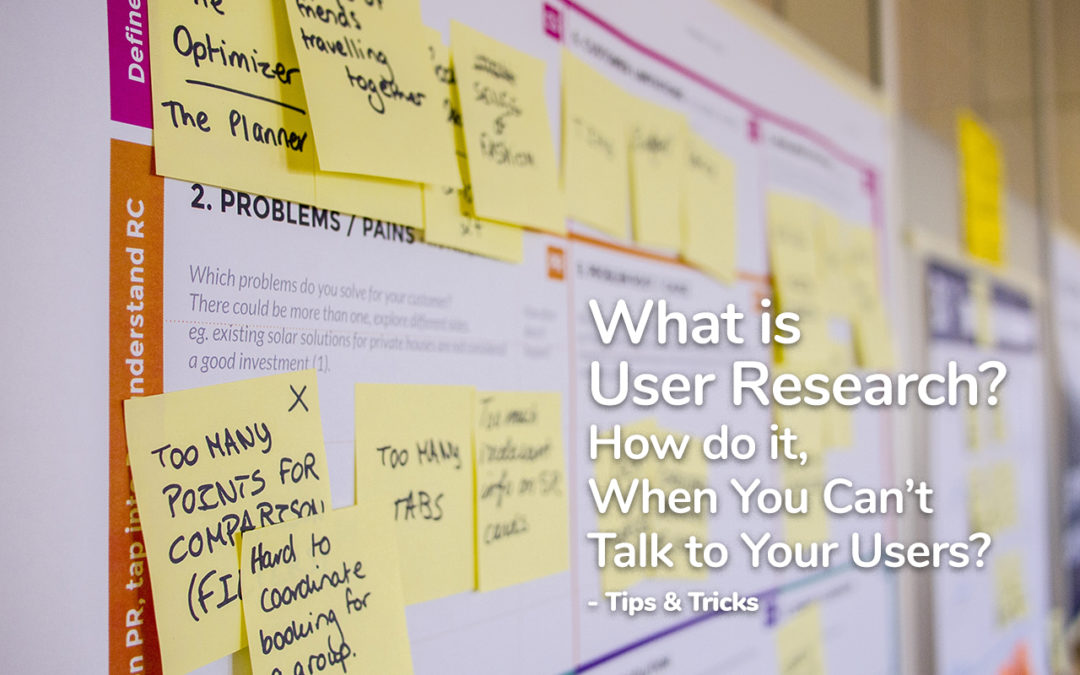Website accessibility has always been a hot topic in the online marketing world. The main issue is to provide equal experience to people with disabilities and allow them to use your website with little to no assistance. With computers and mobile phones, web accessibility guidelines became more stringent.
Is your website accessible to all types of users and do you meet the demands of website accessibility guidelines? Let’s have a deeper understanding of the benefits of website accessibility and ADA compliance audit.
The Importance of Website Accessibility
To fully understand the importance of web accessibility, let’s talk about the recent Supreme Court ruling against Domino’s Pizza, LLC. A blind man named Guillermo Robles sued the pizza chain after failing to order food on the website of Domino’s even after using screen-reading software.
Instead of fixing the problem, they’ve decided to petition the US Supreme Court to explain why the Americans with Disabilities Act (ADA) Title III Amendment didn’t apply to mobile or website applications. However, the Supreme Court denied the petition.
From this issue, you can see the problems on the different websites on the Internet. Accessibility is something that they often overlooked. Websites being optimized for mobile phones and tablets were only introduced a few years back and not all websites follow it.
This case put website accessibility on the radar and because of this, website owners and businesses will have to put in more effort to make sure that their site is accessible for everyone.
Understanding Website Accessibility
If you want to fully understand online accessibility, we will have to focus on people with disabilities. Normal people can have access to all contents on the website even if it is not optimized for mobile and tablets, they are still accessible. However, disabled individuals, particularly those with impaired eyesight would have a hard time accessing websites since they can’t see it.
Online accessibility is made specifically for these people to provide them with equal opportunities and to help them do what normal people can do.
Also Read -Make websites accessible as a UI/UX Designer
What is the ADA?
The Americans with Disabilities Act (ADA) is a civil rights law that forbids any form of discrimination to people with disabilities. It pertains to all areas of public life and it includes the use of the Internet. It was made into law in 1990 and the goal is to make sure that people suffering from different disabilities can still enjoy the same rights and opportunities as other people.
What is Section 508a and WCAG?
Section 508 became a part of the Rehabilitation Act of 1973 in 1998 to require the Federal agencies to guarantee that their electronic and information technology (IET) would be made accessible to all people with disabilities.
If you have a business and you have a customer base, Section 508 applies to you. If you are working in the banking, finance, customer service, legal or other industries that would require you to communicate with other people, then Section 508 applies to you.
Web Content Accessibility Guidelines (WCAG) is a compilation of standards of web accessibility for website and business owners operating on the Internet. The goal of WCAG is to make sure that web content would meet the needs of all individuals, organizations, and people with disabilities.
WCAG is constantly being updated and there would be more and more versions in the future. WCAG 2.0 was published in December of 2008 and it was updated to WCAG 2.1 in June 2018. There are certain differences between the two, but we will only tackle a few of them.
- The orientation of the website or content on tablets and devices should be interchangeable. This means that the website or content should be visible and readable no matter what orientation the user is currently using.
- Websites should have Reflow capabilities that would allow the users to zoom in without distorting the images and texts and disrupting the navigation of the page.
- WCAG 2.1 provides improved accuracy for screen readers.
- Status messages are informing the user of what is currently happening on the screen. This would let them know if they ordered the right product or if the payment went through or if they successfully added the product that they want to buy in their car.
What is VPAT
The Voluntary Product Accessibility Template (VPAT) is a type of document that would allow the company, organization or business to provide a complete analysis of their compliance with the standards set by Section 508. This document would indicate if a certain organization or business is following the rules and standards of Section 508.
Why is Website Accessibility Important for Business?
Website accessibility can be considered as a “Universal Design” simply because it provides all of the accessibility needs of people regardless of their physical attributes. Even if you have impaired eyesight or you don’t have hands to navigate, the website is accessible for you and you can use it like a normal person.
This is very important for businesses because they are facing litigation if their websites are not accessible to disabled people. If a certain person with disability sued you because your website is not usable for them, you will have to face a lot of legal issues and the Supreme Court would always favor the disabled people when it comes to this.
Also, you are losing a lot of potential business by not doing this. Just imagine the number of disabled people in the United States alone. If you provide them with accessible websites, you can target more people and this will also improve your brand.
They would share how your website is very accessible and they would tell everyone that you are catering to everyone and not just the normal people with disabilities.
Web Accessibility Considered at the UX Design Stage
Designing websites often start by thinking about aesthetics. After all, carefully curated graphics, fonts, buttons, and other visual elements tend to attract more visitors to any website.
There isn’t any trade-off when creators prioritize web accessibility. Creating a visually attractive and accessible website at the same time is possible. Web developers and designers can do the following:
Enable Keyboard Navigation for Web Design
Websites that conform to ADA are keyboard accessible, which means that the functionalities of the site are all accessible with the use of a keyboard. Web creators must keep in mind that many disabled persons use their specialized keyboards. Websites should be following an easy visual flow like “top to bottom” or “right to left”, so that navigation with a keyboard becomes inclusive for all.
Prioritize Text Claritys
Many individuals suffer from visual problems such as far or nearsightedness, color blindness, low vision or cataract. Thus, any written content must be easy to read.
Don’t Rely Exclusively on Color
Color is not the only element in making web content available for all. The font’s size and style are essential as well. Arial, Calibri, Times New Roman, and Verdana are some of the most highly recommended font for a better web accessibility UX.
Order Content in HTML for Screen Readers
When contemplating on content structure, one should think of individuals who rely on screen readers, which are devices used in converting digital text to synthesized speech. Unfortunately, screen readers can only translate content linearly.
Explanatory Link Text
Adding a text description goes a long way in helping website users differentiate one link to another. A link redirecting users to an image should explain what the link is for. A link that has both an image and text can have a description that helps identify both the image and content.
Use 40X40 pt. Clickable Area for Touch Controls
Individuals that have mobility concerns tend to rely on touch controls in navigation. There should be sufficient space for clickable areas or CTAs when designing the web interface.
Do Not Forget to Follow the Accessibility Checklist
Having an accessibility checklist will help in ensuring that all sections of the website make for a great web accessibility UX. The checklist should include what’s outlined in the WCAG 2.1.
Web Accessibility Benefits for your Business
We already mentioned above some of the benefits that you can get, but there are more advantages from making your website accessible.
Reaching a Wider Audience
Like what is mentioned before, you can reach a wider audience because there are a lot of disabled people in the United States. Making your website accessible to people with impaired eyesight can bring more people in as they would see that you care for the people with disabilities.
Build Positive Public Relations
You can build your reputation by making your website accessible. If more and more people discovered that your website is optimized for everyone, it means that you are thinking about people with disabilities and it is a big plus for other people. This would help boost your reputation.
Broaden Your Market Penetration
By making your website accessible to everyone, you are also opening it to more people. More people can now visit your website and view what you have to offer. You should know that 15 to 20 percent of the Internet users in the United States have disabilities so these people will surely see your website in a positive light.
Help Grow Your Business
Web page accessibility can help grow your business and this is a fact. As you open your doors to more people, it also allows you to grow and improve your business.
Improve your SEO
When it comes to Internet Marketing, SEO will always be at the forefront and if you think that website accessibility is not related to this, you are making a mistake. Google is now focusing on user experience more than anything else so you can expect that a website optimized for all types of users would have better chances of getting higher rankings on the search engines.
Conclusion
Website accessibility should always be prioritized by website owners because it is not only made for the benefit of the people with disabilities; it also opens more opportunities for website and business owners to market their products and services effectively.



